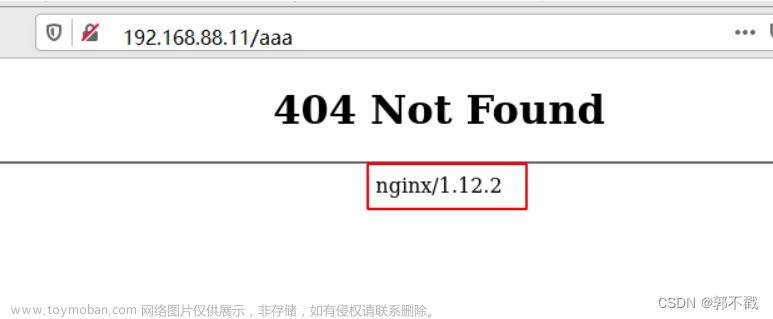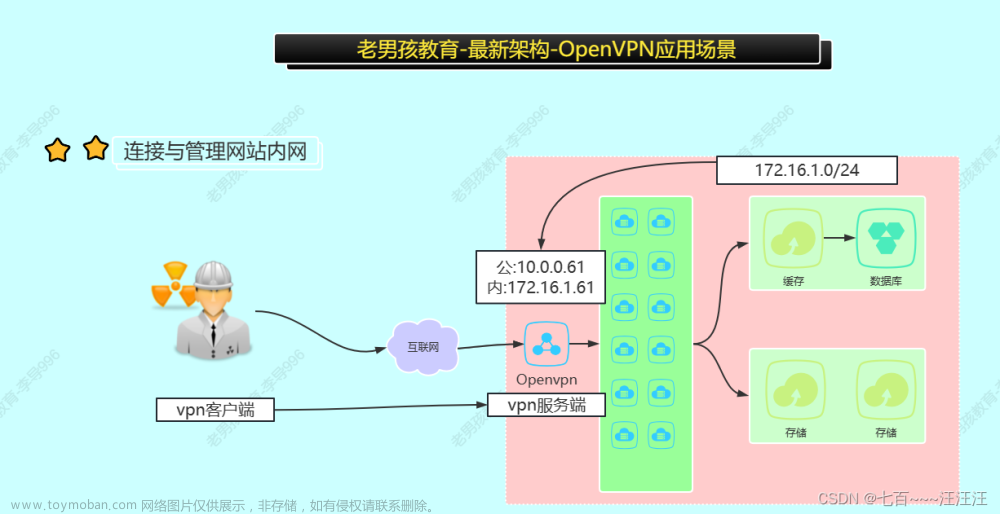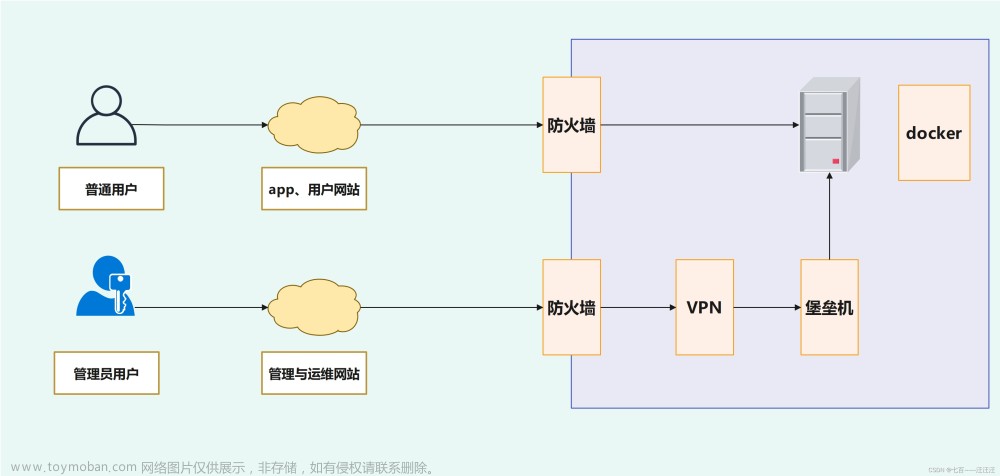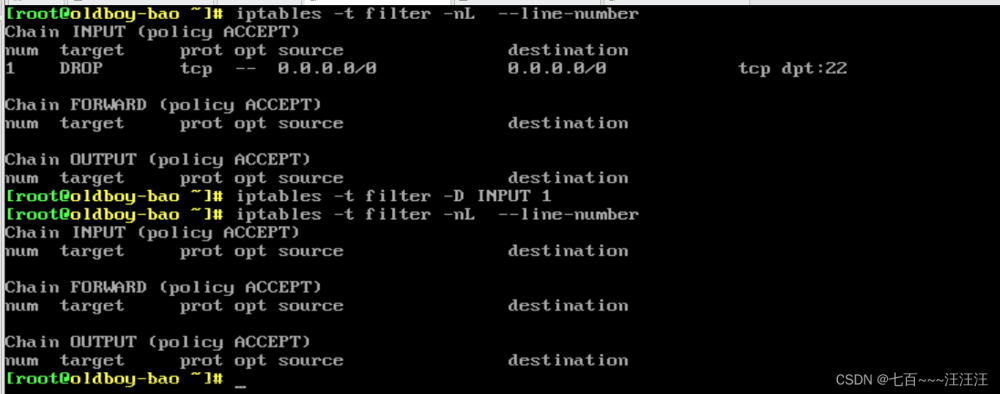vsftpd禁用匿名用户
修改vasftpd服务的配置文件/etc/vsftpd.conf(或/etc/vsftpd/vsftpd.conf)
anonymous_enable=NO
#Options Indexes FollowSymLinks #删掉Indexes
Options FollowSymLinks
AllowOverride None
Order allow,deny
Allow from all
将Options Indexes FollowSymLinks中的Indexes去掉,就可以禁止 Apache 显示该目录结构。
Indexes的作用就是当该目录下没有 index.html 文件时,自动显示目录结构
使用open_basedir选项能够控制 PHP 脚本只能访问指定的目录,这样能够避免 PHP 脚本访问不应该访问的文件,一定程度下降低了 phpshell 的危害。一般情况下,可以设置为只能访问网站目录:
open_basedir = /var/www/html/files
设置不允许通过root账户进行ssh登录系统
# vi /etc/ssh/sshd_config
在文件中找到下面一行文字:
#PermitRootLogin no
去掉该行前面的#号,使其成为下面这样:
PermitRootLogin no
接下来,在shell中输入以下命令来重启ssh服务
# service sshd restart
MYSQL关闭TCP/IP远程连接
/etc/my.cnf 配置文件中进行
–skip-networking
开启SYN Cookie内核参数
sysctl -w net.ipv4.tcp_syncookies=1数据库安全加固
一般情况下我们要想办法登录自己的数据库靶机进行加固
在终端中输入
mysql -u root -p root
登录数据库
查看数据库版本号:select version();
查看数据库列表:show databases;
查看任意用户:
使用命令use mysql;选择MySQL库
然后使用命令show tables;查看数据库中的表
使用命令select user,host from user where host=’%’;
找到用户test
删除任意用户::
使用命令drop user ‘test’@’%’;
修改默认管理员用户名:
使用命令update user set user=’admin’ where user=’root’;
Linux安全加固:
linux安全限制
vi /etc/profile 新加入:TMOUT=600 //600秒无操作,自动退出文章来源:https://www.toymoban.com/news/detail-498639.html
[root@station90 桌面]# awk -F : '($2=="") {print $1}' /etc/shadow //检查空口令帐号
zhang3
[root@station90 桌面]# tail -n 1 /etc/shadow | head -n 1 //-F :是以冒号作为分隔符,($2==""表示第1个和第2个冒号之间是空的,即空口令帐号,{print $1}打印出用户名
zhang3::15071:0:99999:7:::
检查帐号
[root@station90 桌面]# pwck
用户 adm:目录 /var/adm 不存在
用户 news:目录 /etc/news 不存在
用户 uucp:目录 /var/spool/uucp 不存在
用户 gopher:目录 /var/gopher 不存在
用户 pcap:目录 /var/arpwatch 不存在
用户 avahi-autoipd:目录 /var/lib/avahi-autoipd 不存在
用户 oprofile:目录 /home/oprofile 不存在
pwck:无改变
口令复杂度及登录失败策略
应启用登录失败处理功能,可采取结束会话,限制非法登录次数和自动退出措施,口令应有复杂度要求并定期更换
要求强制记住3个密码历史
口令至少包含1个数字,字母和其他特殊字符(如:#,@,!,$等);
5次远程登录失败自动结束会话
[root@station90 桌面]# cat /etc/login.defs | grep PASS | grep -v ^#
PASS_MAX_DAYS 90 //口令最大使用日期90天
PASS_MIN_DAYS 0 //若设置为2,则设置密码2天后才可以再次更改密码,即密码至少要保留的天数
PASS_MIN_LEN 8 //口令最小长度8位
PASS_WARN_AGE 7 //口令过期前7天警告
[root@station90 pam.d]# cat /etc/pam.d/system-auth | tail -n 2 && grep ^#password /etc/pam.d/system-auth
password required pam_cracklib.so difok=3 minlen=8 dcredit=-1,lcredit=-1 ocredit=-1 maxrepeat=3
password required pam_unix.so use_authtok nullok md5
#password requisite pam_cracklib.so try_first_pass retry=3 //注释这一行后,无法修改密码
[root@station90 pam.d]# passwd
Changing password for user root.
passwd: Authentication information cannot be recovered
修改登录失败策略
[root@station90 ssh]# cat /etc/ssh/sshd_config | grep MaxAuth
MaxAuthTries 1 //远程用户通过ssh连接登录2次失败后自动结束会话
[root@station90 ssh]# ssh 192.168.0.90
root@192.168.0.90's password:
Permission denied, please try again.
root@192.168.0.90's password:
Received disconnect from 192.168.0.90: 2: Too many authentication failures for root
关闭telnet服务,redhat默认是关闭telnet服务的
[root@station90 ssh]# netstat -tnlp | grep :23
[root@station90 ssh]# cd /etc/xinetd.d/
[root@station90 xinetd.d]# ls telnet*
ls: telnet*: 没有那个文件或目录
如果有telnet服务,则把该目录下的telnet文件改为disable=yes
[root@station90 xinetd.d]# tail -n 2 /etc/xinetd.d/krb5-telnet | head -n 1
disable = yes
[root@station90 xinetd.d]# service xinetd restart
停止 xinetd: [确定]
启动 xinetd: [确定]
[root@station90 xinetd.d]# chkconfig xinetd on
openssh应该禁止使用协议1,禁止root直接登录
/etc/ssh/sshd_config
Protocol 2
MaxAuthTries 1
PermitRootLogin no //不允许root用户使用ssh登录
StrictModes yes
PermitEmptyPasswords no //不允许使用空密码登录
PrintLastLog yes
[root@station60 init.d]# pwd
/etc/rc.d/init.d
[root@station60 init.d]# chmod -R 750 ./ 也可以直接chmod -R /etc/init.d/*
[root@station60 init.d]# ll | head -n 2
total 644
-rwxr-x--- 1 root root 1566 Jun 8 2009 acpid
umask至少为027,最好是077
[root@station60 ~]# grep umask /etc/bashrc
umask 077
umask 077
[root@station60 ~]# . /etc/bashrc
[root@station60 ~]# umask
0077
[root@station60 ~]# touch 3.txt
[root@station60 ~]# ll 3.txt
-rw------- 1 root root 0 Apr 8 00:11 3.txt
检查系统是否最小化安装,启动的运行级别为3
查看/etc/pam.d/su是否包含以下两行
auth sufficient pam_rootok.so
# Uncomment the following line to implicitly trust users in the "wheel" group.
#auth sufficient pam_wheel.so trust use_uid
# Uncomment the following line to require a user to be in the "wheel" group.
auth required pam_wheel.so use_uid //上面的注释已经说的很清楚了,没有注释下面这一行,那么要su到别的用户就必须在wheel组中
[root@station60 pam.d]# gpasswd -a oracle wheel
Adding user oracle to group wheel
[root@station60 pam.d]# id oracle
uid=500(oracle) gid=500(oracle) groups=500(oracle),0(root),10(wheel) context=system_u:system_r:unconfined_t
[root@station60 pam.d]# id zhang3
uid=501(zhang3) gid=501(zhang3) groups=501(zhang3) context=system_u:system_r:unconfined_t
[root@station60 pam.d]# su - zhang3
[zhang3@station60 ~]$ su - root //以下密码输入都是正确的
Password:
su: incorrect password
[zhang3@station60 ~]$ su - oracle
Password:
su: incorrect password
[zhang3@station60 ~]$ su - oracle
Password:
su: incorrect password
[zhang3@station60 ~]$ su - oracle
Password:
su: incorrect password
[zhang3@station60 ~]$
[oracle@station60 ~]$ su - oracle
Password:
[oracle@station60 ~]$ su - root
Password:
[root@station60 ~]#
操作指南 1.本地登录用户参考配置操作
#cd /etc/profile.d
执行
#vi autologout.sh
加入如下内容:
TMOUT=600
readonly TMOUT
export TMOUT
保存退出,系统将在用户闲置10分钟后自动注销。
2.远程登录用户参考配置操作
#vi /etc/ssh/sshd_config
将以下内容设置为:
ClientAliveInterval 600
ClientAliveCountMax 0
以上表示10分钟闲置后,自动注销并结束会话。
检测方法 1、判定条件
查看帐号超时是否自动注销;
2、检测操作
cat /etc/ssh/sshd_config
检查其中两个参数设置:
ClientAliveInterval 600
ClientAliveCountMax 0
(2)执行:awk -F: '($3 == 0) { print $1 }' /etc/passwd
返回值包括“root”以外的条目,说明有其他超级用户,低于安全要求。
2、检测操作
执行:awk -F: '($3 == 0) { print $1 }' /etc/passwd
返回值包括“root”以外的条目,说明有其他超级用户;
/etc/securetty 文件设置root登陆的tty和vc(虚拟控制台)设备。/etc/securetty 文件被login程序读 (通常 /bin/login)。它的格式是允许的tty和vc列表,注释掉或不出现的设备,不允许root登陆。
vc/1
#vc/2
#vc/3
#vc/4
#vc/5
#vc/6
#vc/7
#vc/8
#vc/9
#vc/10
#vc/11
tty1
#tty2
#tty3
#tty4
#tty5
#tty6
#tty7
#tty8
#tty9
#tty10
#tty11
root只能从tty1和vc登陆。建议仅允许root从一个tty或vc登陆,如果需要更多设备登陆,使用su命令转换为root。
#!/bin/sh
#
export file=/root/Desktop/Look_Here
echo "These username have null code" >> $file
awk -F : '($2 =="") {print $1}' /etc/shadow >> $file
#change system code policy
#1 login /etc/login.defs
perl -i -pe 's,99999,90,g' /etc/login.defs
sed -i.bak '18s/5/8/' /etc/login.defs
echo "PASS_MIN_LEN 8">> /etc/login.defs
#2 pam /etc/pam.d/system-auth
echo "password required pam_cracklib.so difok=3 minlen=8 dcredit=-1 lcredit=-1 ocredit=-1 maxrepeat=3" >>/etc/pam.d/system-auth
echo "password required pam_unix.so use_authtok nullok md5 " >> /etc/pam.d/system-auth
sed -i.bak '13s/password/#password/' /etc/pam.d/system-auth
#perl -i -pe 's/password requisite pam_cracklib.so try_first_pass retry=3/#password requisite pam_cracklib.so try_first_pass retry=3'/g /etc/pam.d/system-auth
#3 ssh /etc/ssh/sshd_config
perl -i -pe 's/#MaxAuthTries 6/MaxAuthTries 5/g' /etc/ssh/sshd_config
#4 telnet /etc/xinetd.d/telnet
(chkconfig telnet off 2>&1) > /dev/null
#5 ssh /etc/ssh/sshd_config
perl -i -pe 's/#StrictModes/StrictModes/' /etc/ssh/sshd_config
perl -i -pe 's/#PermitRootLogin yes/PermitRootLogin no/' /etc/ssh/sshd_config
perl -i -pe 's/#PermitEmptyPasswords/PermitEmptyPasswords/' /etc/ssh/sshd_config
#6 umask /etc/bashrc
perl -i -pe 's/umask 002/umask 077/' /etc/bashrc
perl -i -pe 's/umask 022/umask 077/' /etc/bashrc
source /etc/bashrc
#7 runlevel 3 /etc/inittab
perl -i -pe 's/id:5/id:3/' /etc/inittab
#8 /etc/pam.d/su
sed -i.bak '6s/#auth/auth/' /etc/pam.d/su
#9 securetty /etc/securetty
perl -i -pe 's/^/#/g' /etc/securetty
echo "vc/1" >> /etc/securetty
echo "tty1" >> /etc/securetty
#10 uid=0
echo "These username's uid is 0" >> $file
awk -F : '($3==0) {print $1}' /etc/passwd > $file
#11 auto logout /etc/profile.d/
echo "TMOUT=600" >/etc/profile.d/autologout.sh
echo "readonly TMOUT">>/etc/profile.d/autologout.sh
echo "export TMOUT" >>/etc/profile.d/autologout.sh
chmod +x /etc/profile.d/autologout.sh
#12 ssh ClientAliveInterval
perl -i -pe 's/#ClientAlive/ClientAlive/g' /etc/ssh/sshd_config
sed -i.bak '106s/0/600/g' /etc/ssh/sshd_config
sed -i.bak '107s/3/0/g' /etc/ssh/sshd_config
#13 chmod chattr
chmod 400 /etc/shadow /etc/gshadow
chmod 600 /boot/grub/grub.conf /etc/securetty
chattr +a /var/log/messages
chattr +i /var/log/messages
chattr +i /etc/passwd
chattr +i /etc/shadow
chattr +i /etc/gshadow
chattr +i /etc/group
chattr +i /etc/services
chattr +i /etc/securetty
(service sshd restart;chkconfig sshd on) > /dev/null文章来源地址https://www.toymoban.com/news/detail-498639.html
到了这里,关于网络安全运维-安全加固篇的文章就介绍完了。如果您还想了解更多内容,请在右上角搜索TOY模板网以前的文章或继续浏览下面的相关文章,希望大家以后多多支持TOY模板网!












